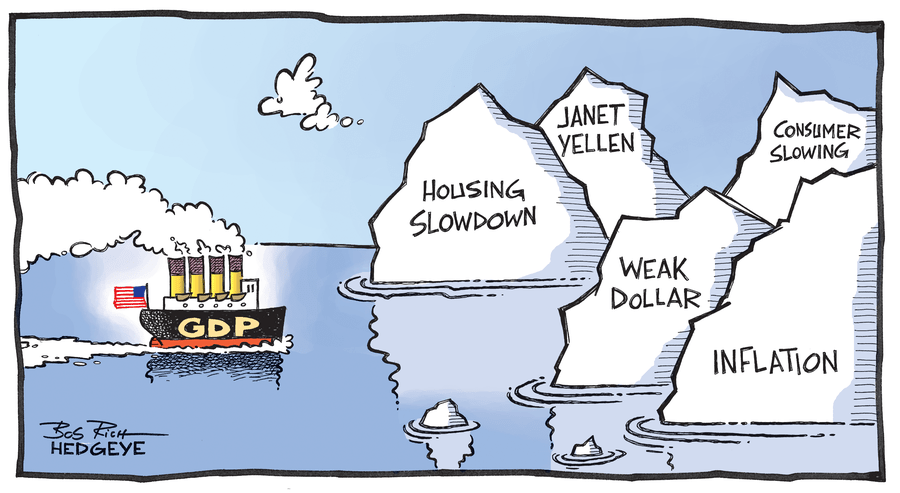Household- person or group of people who share income
Firms- organization that produces goods and services for sale
Factor or Resource Market- this is the market where factors of production is sold, bought by firms and sold by households
Product Market- market where goods and services are bought and sold
GDP: total market value of all final goods and services produced within a country's borders within a given year
GNP (gross national product) : measure of what it's citizens produce and whether they produce these items within its borders (international)

What's not included in GDP: Used or Second Hand Goods, Intermediate Goods- require further processing before they are ready for final use, Gifts or Transfer Payments (public vs private) : no output produced and recipients don't contribute to current production, Public : welfare social security or Private: scholarship, Unreported Business Activities (tips), Illegal Activities (drugs), Stocks and Bonds (no output produced), Non Market Activity (volunteer)
Expenditure approach: GDP = C (67% of economy, personal consumption expenditures- purchase of finished goods and services) + IG (gross private domestic investment- new factory equipment, construction of housing, unsold inventory of products built in a year, factory equipment maintenance) + G (government spending- government purchases of goods and services) + XN (net exports; exports - imports)
Net Domestic Product = GDP - Depreciation
Net National Product = GNP - Depreciation
GNP = GDP + Net Foreign Factor Payment
Gross Private Domestic Investment = Net Private Domestic Investment + Depreciation
-Budget: government spends money into two ways -1) government purchases of goods and services 2) government transfer payments
Government gets money from: Households, firms, foreign nations
If total govt spending is more tax than free revenue, it is considered a Deficit.
If total govt spending is less tax than free revenue, it is considered a Surplus.
Hey, I noticed I didn't see that you didn't have all the formulas. You are missing trade formula with what is considered deficit or surplus, budget formula with how its considered a deficit or surplus. National Income formula, and disposable personal income. You could also put that if in the problem they can find IG then they should use Net Private Domestic Investment + Depreciation.
ReplyDelete